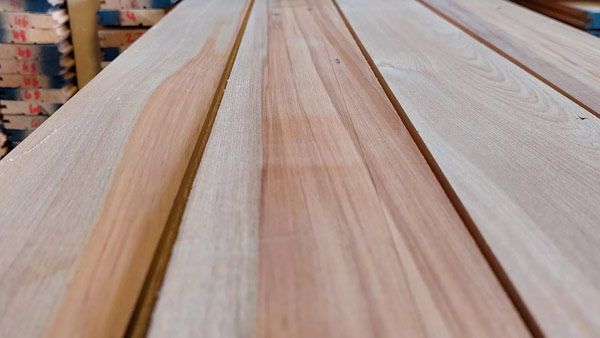Rimu timber, a prized native of New Zealand, finds versatile applications. Its rich reddish-brown hue and distinct grain make it sought-after for furniture, cabinetry, and flooring, exuding warmth and character. It’s a staple in Maori carving due to its workability. In construction, Rimu beams provide both structural strength and aesthetic appeal. However, overharvesting has led to conservation efforts. Efforts to sustainably manage Rimu exemplify New Zealand’s commitment to preserving its natural heritage while utilizing this remarkable timber in a way that respects its ecological significance.

Uses
- Furniture
- Bench tops
- Interior panelling
- Veneers
Selection factors
- Good figuring and finish can be obtained
- ‘Coloured’ rimu is a trade description of the intermediate timber between heart and sap
- Fades with exposure to sunlight
- The sapwood is not stable and is subject to attack by borer
- Hard to nail when dry
| Common names | Rimu |
| Species | Dacrydium cupressinium |
| General description | – Heartwood is brown or occasionally yellowish – Sapwood is lighter brown – Fine even texture – A medium-density softwood. Similar to less common miro which is often sold as rimu – Softwood |
| Origin | New Zealand |
| Sustainability | Available from sustainably managed native forests |
| Availability | Limited new milling: recycled material available |
| Durability & treatment | Heartwood is moderately durable; sapwood is non-durable and susceptible to borer attack; difficult to pressure treat |
| Drying | Fairly easy |
Technical Specs
| Physical Characteristics | ||
|---|---|---|
| Shrinkage | Tangential | 4.2% |
| Radial | 3.0% | |
| Strength group | Unseasoned | S6 |
| Seasoned | SD 7 | |
| Density | 600 kg/m3 | |
| Hardness | 3.5 | |
| Durability Class | Heartwood: moderately durable; sapwood non-durable |
